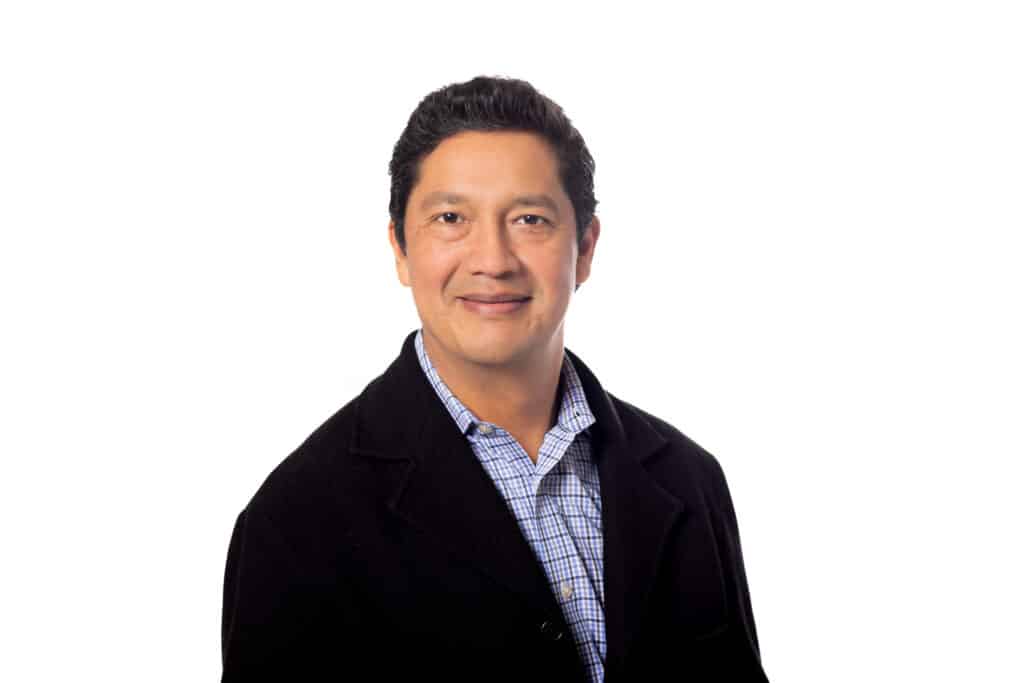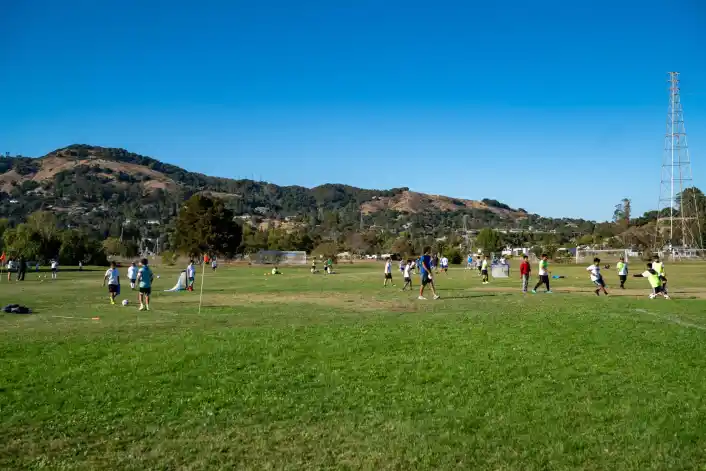Canal Alliance removes barriers to play by uniting community forces; former World Cup starter leads the coaching
August 27, 2024
by Dan Woog – Soccer America

Few American counties are as famous as Marin.
Just over the Golden Gate Bridge from San Francisco, it is known for its sprawling headlands, giant redwoods, and upscale suburbs (with spectacular views). In the 2020 census, it had the second highest per capita income of any county in the USA.
Like every place in the nation though, the stereotype belies reality. The county seat of San Rafael is nearly as affluent as the entire county, with a median household income of nearly $125,000. But it is a city of over 60,000, and there are areas in it that are greatly under-resourced.
The Canal area includes a substantial portion of Marin’s low-income housing. It is also one of the most segregated neighborhoods in the county, with more than 90% of residents identifying as Hispanic.
For over 40 years, the Canal Alliance has championed the rights of immigrants. The nonprofit’s mission is to “break the generational cycle of poverty.” Its 100 employees and 500 volunteers serve 5,000 residents a year, offering support in areas like healthcare, education, job skills, the English language, and immigration assistance.
Canal Alliance also provides youth services. One of the most popular is a soccer program.
The organization’s CEO is Omar Carrera. Born in Ecuador, where he earned a CPA degree, Carrera studied business management at San Francisco State University, Harvard and Stanford.
But he knows Canal Alliance well. After arriving in the U.S. in 2002, he accessed its services, and realized the importance of its mission. He first volunteered, then was hired full-time and ascended up the ranks.
As Carrera worked to “elevate the community, make it visible, and create an ecosystem where everyone could thrive,” he realized he needed to partner with other groups. For soccer, Canal Alliance had to find a way to break the “pay to play” club model that kept many immigrants from finding a foothold in the game they loved. Another obstacle is a lack of public transportation, for youngsters to get to fields.
“We have so much soccer talent in the Latino community,” Carrera says. “We wanted to remove all the barriers.”

It took several years of planning. But Canal FC is now a reality. It is open to boys and girls, ages 9 to 15.
Carrera and other organizers reached out to several partners. Marin FC — another county club — and other funders cover coaching and operational costs.
The City of San Rafael donated field expenses. Access U Foundation — a non-profit that provides Black and Latino scholar-athletes with mentors who help them fulfill their academic and athletic potential, and succeed in education, work and life — added crucial support, including administration, insurance and equipment.
Brad Rothenberg, executive director and co-founder of Access U Foundation, hopes to bring SAT and ACT prep services to the only high school in the Canal, as one more element of their support for Canal FC.
Carrera credits the multiple organizers — and Marin FC president Evan Cross, Access U Foundation co-founder Joaquin Escoto, and Marina Palma, co-founder of Voces del Canal — for making the program a reality. The “cultural alignment” of the Latino organizations was important, he notes.
The Marin Community Foundation added funding to cover the next three years, and make the program available all year long.
Canal FC trains twice weekly with professional coaches at Pickleweed Park, a local facility that Marin County is renovating. Games are played Saturday mornings, either intra-squad or against nearby clubs. Teams will begin regular competition next year.
The technical aspect of Canal FC is led by Edwin Tenorio, who earned 76 caps for Ecuador and was its starting defensive midfielder at the 2002 and 2006 World Cups.
Tenorio has brought other experienced Latino coaches into the club. Though Carrera and Tenorio are both from Ecuador, the majority of families in the Canal neighborhood are Guatemalan, Mexican and Salvadoran.
“There is untouched talent here,” Carrera says. “We have some amazing athletes. We recognize the realities that have been holding them back. Now we are using a human-centric approach.” It won’t be long, he hopes, before “the best soccer players in Marin will come from Canal.”